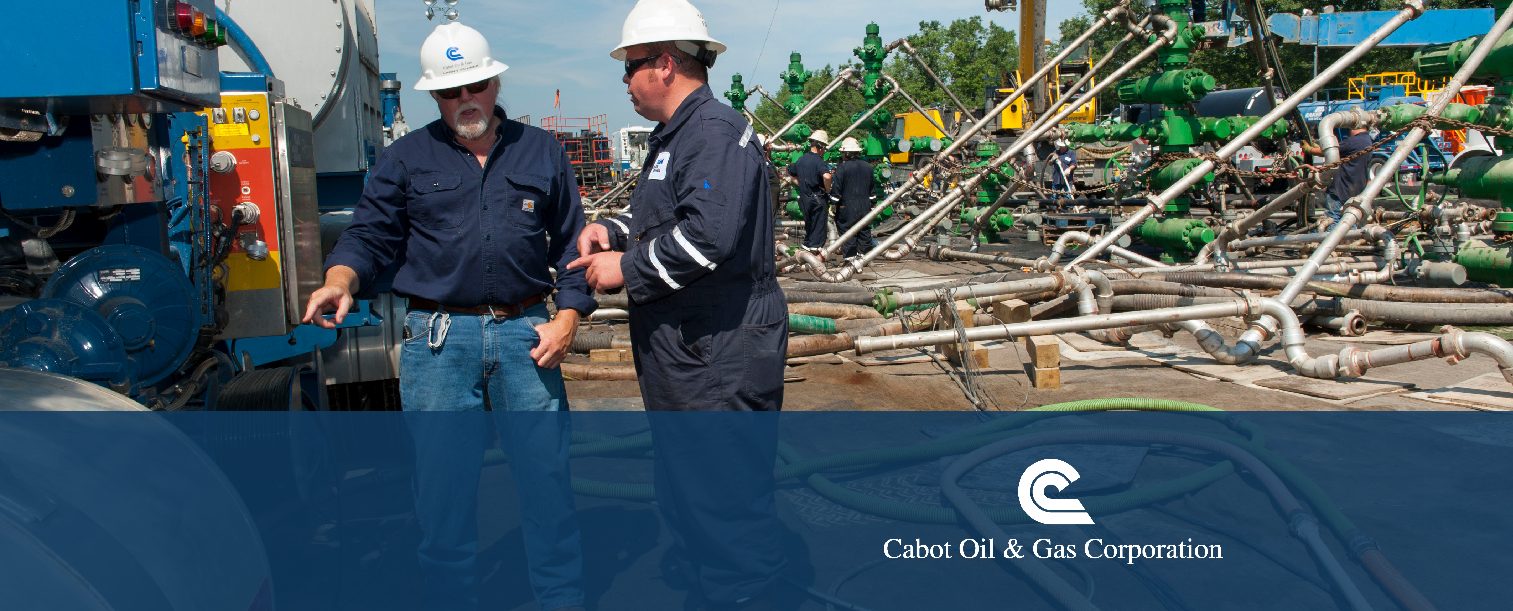[vc_row animation=””][vc_column width=”1/1″][vc_column_text]With the 2015 Major League Baseball Season right around the corner, we can think of no better topic of conversation than baseball. Have you ever wondered how a baseball is made? Well, in the 1958 edition of Cabot’s employee publication, The Flame, staff members dropped a line to A.G. Spalding & Bros., Inc. for an inside sneak peek of the process. And what they found…may throw you a curveball!
[/vc_column_text][/vc_column][/vc_row]
[vc_row animation=””][vc_column width=”1/1″][vc_column_text]Did you know that deep in the heart of every baseball, in the rubber used in the cushion cork center, there’s a pinch of carbon black? It’s true! There’s a little bit of carbon black in many of the products we use such as tires, printer ink, footballs, handbags, and even bibles! In the 1950’s, carbon black was one of the primary products manufactured by Cabot. It is a type of black pigment made by heating wood, or other plant material, with a very restricted air supply.
[/vc_column_text][/vc_column][/vc_row]
[vc_row animation=””][vc_column width=”1/1″][vc_column_text]Who would have thought that a material produced by the natural gas industry would play such a significant role in many of the products we used back then and still used today?
[/vc_column_text][/vc_column][/vc_row]
[vc_row animation=””][vc_column width=”1/1″][vc_column_text]Now that you know all about Carbon Black and its presence inside of a baseball, you’re probably wondering how exactly a ball is made. Although the ball-making process is actually quite intricate…don’t worry; we won’t leave you scratching your head! The 1958 edition, The Flame highlighted the ins and outs of how a baseball – the heart and soul of America’s pastime – is made.
[/vc_column_text][/vc_column][/vc_row]
[vc_row animation=””][vc_column width=”1/1″][vc_custom_heading text=”” font_container=”tag:h3|font_size:30px|text_align:left|line_height:32px” google_fonts=”font_family:PT%20Sans%3Aregular%2Citalic%2C700%2C700italic|font_style:400%20regular%3A400%3Anormal”][/vc_column][/vc_row][vc_row animation=””][vc_column width=”1/1″][vc_single_image image=”7576″ border_color=”” img_link_large=”” link=”” img_link_target=”” img_size=””][/vc_column][/vc_row]
[vc_row animation=””][vc_column width=”1/1″]
[/vc_column][/vc_row]
[vc_row animation=””][vc_column width=”1/1″][vc_column_text]The first step in the process is the manufacturing of the cushion cork center, composed of cork and rubber. The cork used is imported from Spain or Portugal and the rubber is received in crude from, direct from the Malay Straights, Massachusetts. Two layers of soft rubber, one red and one black, are stretched tightly over the cork, making a cushion of rubber approximately ¼ inch in thickness.
[/vc_column_text][/vc_column][/vc_row]
[vc_row animation=””][vc_column width=”1/1″][vc_column_text]The cushion cork center is then placed on this winding machine where the first of three automatically-controlled winding operations is begun. The revolving machines wind the yarn evenly over the center until it is several times the size of the original center.
[/vc_column_text][/vc_column][/vc_row]
[vc_row animation=””][vc_column width=”1/1″][vc_single_image css_animation=”” image=”7580″ border_color=”” img_link_large=”” link=”https://wellsaidcabot.com/wp-content/uploads/2015/03/Baseball-4.jpg” img_link_target=”_self” img_size=””][/vc_column][/vc_row]
[vc_row animation=””][vc_column width=”1/1″][vc_column_text]On the machine in the photo above, major league baseballs are wound two at a time in a sealed room where both temperature and humidity are carefully regulated. The yarn for each ball consists of 121 yards of rough gray wool 45 yards of white wool, 53 yards of fine gray wool and then 150 yards of white cotton winding which finishes the operation. Next the entire ball is given a coating of rubber cement.
[/vc_column_text][/vc_column][/vc_row]
[vc_row animation=””][vc_column width=”1/1″][vc_single_image css_animation=”” image=”7581″ border_color=”” img_link_large=”” link=”https://wellsaidcabot.com/wp-content/uploads/2015/03/Baseball-6.jpg” img_link_target=”_self” img_size=””][/vc_column][/vc_row]
[vc_row animation=””][vc_column width=”1/1″][vc_column_text]Next, the carefully-selected horsehide cover is accurately die-cut, much in the manner of cookies.
[/vc_column_text][/vc_column][/vc_row]
[vc_row animation=””][vc_column width=”1/1″][vc_single_image css_animation=”” image=”7582″ border_color=”” img_link_large=”” link=”https://wellsaidcabot.com/wp-content/uploads/2015/03/Baseball-2.jpg” img_link_target=”_self” img_size=””][/vc_column][/vc_row]
[vc_row animation=””][vc_column width=”1/1″][vc_column_text]The horsehide covers are stitched on by hand with 108 double stitches, using a heavily-waxed, three strand thread. The heavy thread is chemically treated to withstand deterioration from the solvents used in tanning the cover.
[/vc_column_text][/vc_column][/vc_row]
[vc_row animation=””][vc_column width=”1/1″][vc_single_image css_animation=”” image=”7583″ border_color=”” img_link_large=”” link=”https://wellsaidcabot.com/wp-content/uploads/2015/03/Baseball-1.jpg” img_link_target=”_self” img_size=””][/vc_column][/vc_row]
[vc_row animation=””][vc_column width=”1/1″][vc_column_text]And there you have it…a baseball! The finished product weighs between five and 4¼ ounces and measures between nine and 9¼ inches in circumference. They’ve passed rigid inspections and are official and perfect in every way. The balls have received the Spalding trademark and the signatures of Warren Giles and William Harridge, respective presidents of the National and American Leagues. Now all that’s left to do is prep for the big game!
[/vc_column_text][/vc_column][/vc_row]
[vc_row animation=””][vc_column width=”1/1″][vc_column_text]Decades later, baseballs are still made in mostly the same exact way. According to Made How, the size of baseballs and the raw materials used to make them are likely to remain unchanged in the foreseeable future. The only difference now compared to the 1950s, is that we have far more advanced technology and machinery to help speed up the ball making process! For a glimpse into how a ball is made today, check out the video below provided by How it’s Made:
[/vc_column_text][/vc_column][/vc_row]
[vc_row animation=””][vc_column width=”1/1″][vc_raw_html]PGlmcmFtZSBzcmM9Imh0dHBzOi8vd3d3LnlvdXR1YmUuY29tL2VtYmVkL1hmcjd4bTlDMTJBIiB3aWR0aD0iNDIwIiBoZWlnaHQ9IjMxNSIgZnJhbWVib3JkZXI9IjAiIGFsbG93ZnVsbHNjcmVlbj0iYWxsb3dmdWxsc2NyZWVuIj48L2lmcmFtZT4=[/vc_raw_html][/vc_column][/vc_row]


